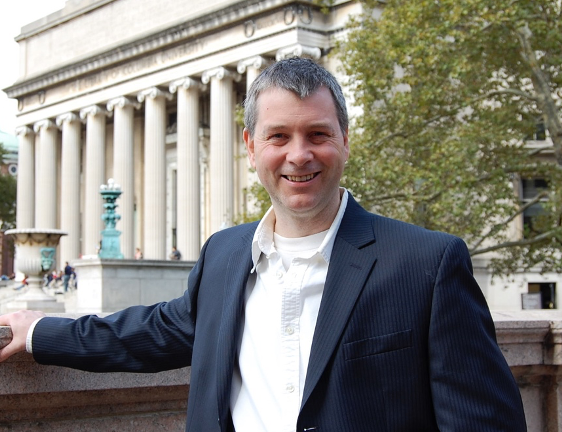Approaching the Intrinsic Limit in Transition Metal Dichalcogenide van der Waals Heterostructures
9th September 2020
Timing : 1 pm EST
For zoom link to the talks, please email mjgc@mit.edu with your institute email and mention affiliation
For a list of all talks at the NanoBio seminar Series 2020, see here
James Hone
Wang Fong-Jen Professor
Department of Mechanical Engineering
Columbia University
James Hone is currently Wang Fong-Jen Professor of Mechanical Engineering at Columbia University, and director of PAS3, Columbia’s Materials Science Research and Engineering Center (MRSEC). He received his BS in physics from Yale in 1990, and PhD in experimental condensed matter physics from UC Berkeley in 1998, and did postdoctoral work at the University of Pennsylvania and Caltech, where he was a Millikan Fellow. He joined the Columbia faculty in 2003.
Wang Fong-Jen Professor
Department of Mechanical Engineering
Columbia University
James Hone is currently Wang Fong-Jen Professor of Mechanical Engineering at Columbia University, and director of PAS3, Columbia’s Materials Science Research and Engineering Center (MRSEC). He received his BS in physics from Yale in 1990, and PhD in experimental condensed matter physics from UC Berkeley in 1998, and did postdoctoral work at the University of Pennsylvania and Caltech, where he was a Millikan Fellow. He joined the Columbia faculty in 2003.
